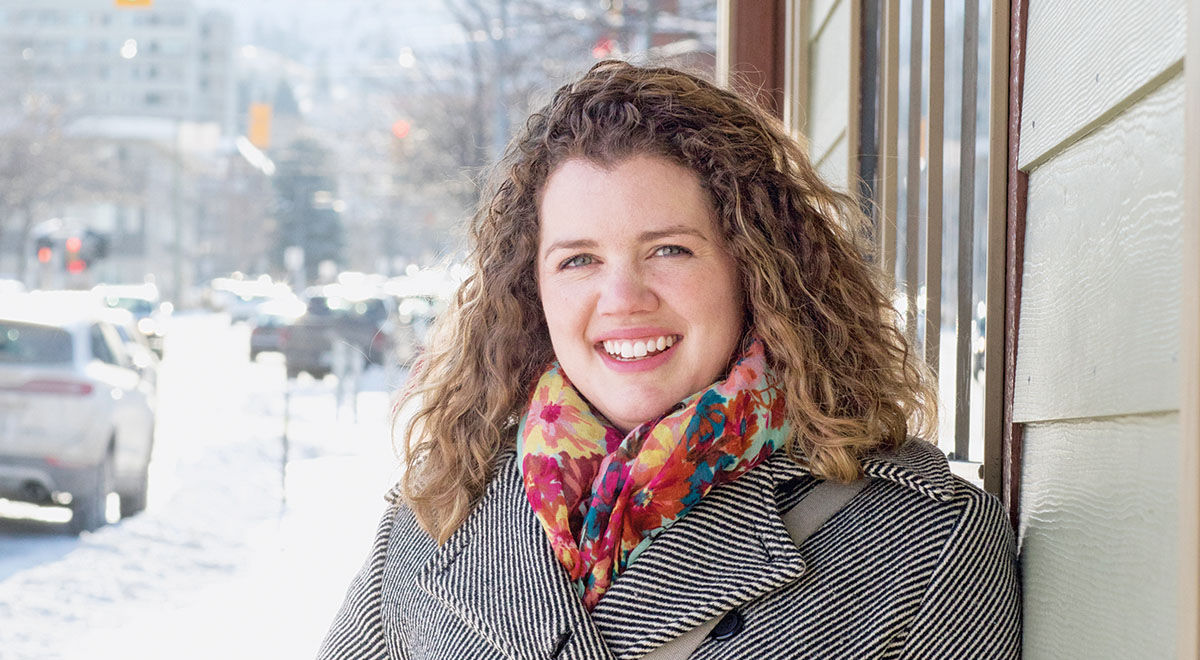Learning the budget basics
How to pay for today and still be able to save for tomorrow.
Advertisement
How to pay for today and still be able to save for tomorrow.


 Making it all work
Making it all work Wrestling through competing priorities
Wrestling through competing prioritiesAffiliate (monetized) links can sometimes result in a payment to MoneySense (owned by Ratehub Inc.), which helps our website stay free to our users. If a link has an asterisk (*) or is labelled as “Featured,” it is an affiliate link. If a link is labelled as “Sponsored,” it is a paid placement, which may or may not have an affiliate link. Our editorial content will never be influenced by these links. We are committed to looking at all available products in the market. Where a product ranks in our article, and whether or not it’s included in the first place, is never driven by compensation. For more details, read our MoneySense Monetization policy.
Share this article Share on Facebook Share on Twitter Share on Linkedin Share on Reddit Share on Email
Totally disagree with not borrowing to invest when lending is all time low and it’s been like that since last many years !! You can not build a strong asset portfolio just on your income and savings without borrowing/ refinancing ..